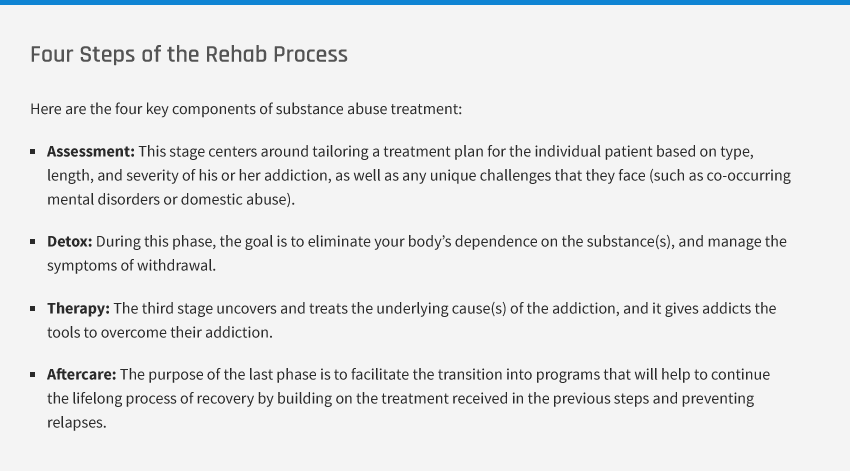Lortab detoxification is the process in which your body rids itself of the drug, which is required to achieve recovery from your dependence and/or addiction. To safely and more comfortably complete detoxification, it’s generally recommended to seek medical assistance, which may include medication-assisted detox to lessen the effects of withdrawal symptoms. These symptoms, while not usually life-threatening, are usually very uncomfortable, which can increase the likelihood that you will go back to using Lortab to make the symptoms go away.
Early symptoms of Lortab withdrawal can begin as early as six hours after taking your last dose but may take up to 24 hours, depending on how much/often you were using the drug. Be prepared for muscle and body aches, excessive sweating, runny nose, difficulty sleeping, fatigue, anxiety, and irritability.
After the first day or two, the initial symptoms may become more severe, and you may begin feeling other more uncomfortable symptoms. These new symptoms may include chills, diarrhea, stomach pain, nausea, vomiting, high blood pressure, and rapid heartbeat. Generally, your withdrawal symptoms should peak within about 72 hours and gradually improve over the course of a week. However, it’s possible that certain symptoms will last up to a month — or sometimes even longer. Lingering symptoms usually include anxiety, depression, insomnia, and fatigue. Your doctor may suggest medications to help you through withdrawal.


